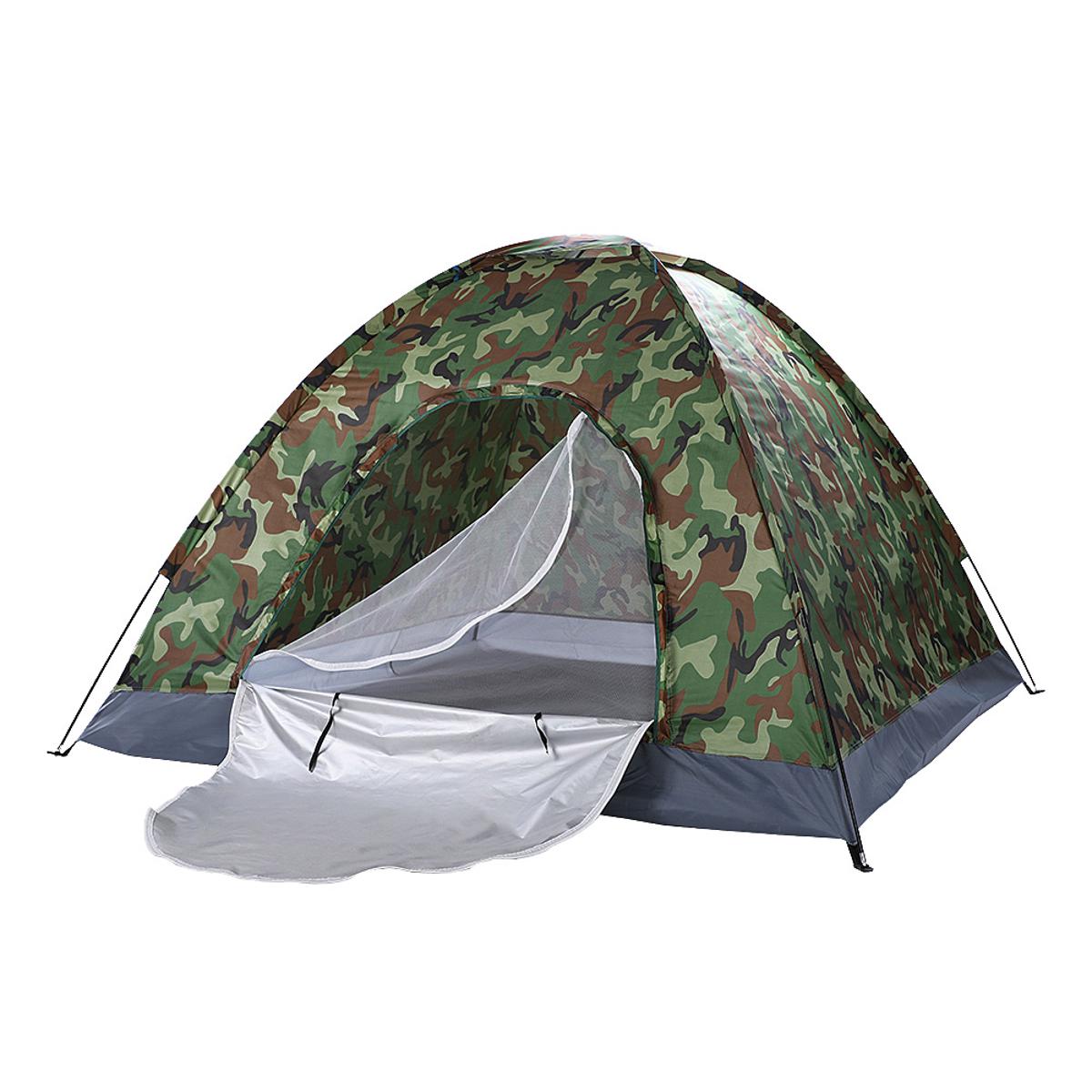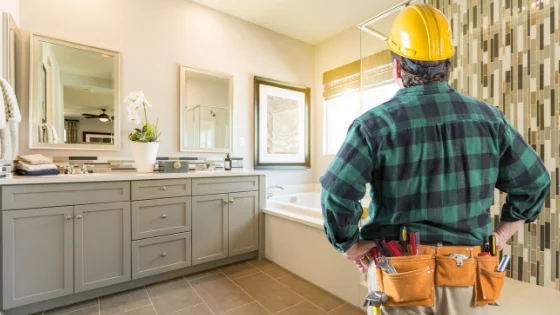As the temperature drops and winter sets in, staying warm becomes a top priority for many middle-class families. Heating a home can be a significant expense, but there are various heating solutions available to help maintain a comfortable and cozy living environment without breaking the bank. In this article, we will explore some of the most efficient heating options for middle-class homes, taking into consideration both effectiveness and affordability. If you’re interested in learning more about the cost of using electric fan heaters , you can check out this informative article on Home Heating HQ to get valuable insights.

I. Central Heating Systems
Central heating systems, which include furnaces, boilers, and heat pumps, are common in many middle-class homes. While the initial installation cost can be high, they offer consistent and even heating throughout the entire house. These systems can be highly efficient when properly maintained, and they often use natural gas or electricity as their energy source.
Furnaces: Gas and electric furnaces are known for their reliability and quick heating capabilities. Gas furnaces are generally more energy-efficient but may require a gas line installation, while electric furnaces are easier to install and have a lower upfront cost.
Boilers: Boilers use water to distribute heat through radiators or underfloor heating systems. They’re quite effective, and they can keep going for years.However, installation costs can be substantial.
Heat Pumps: Heat pumps work by transferring heat from the outside air or ground into the home, making them energy-efficient options. They are adaptable because they can be used to keep you cool in the summer as well.
To make the most of central heating systems, it’s essential to ensure they are well-maintained and that your home is well-insulated to prevent heat loss.
II. Space Heaters
Space heaters are a cost-effective way to supplement central heating in specific areas of your home. These portable devices come in various types, including electric resistance heaters, ceramic heaters, and oil-filled radiators. Space heaters are known for their energy efficiency as they only heat the room you are in, rather than the entire house.
Electric Resistance Heaters: These heaters convert electricity into heat and are easy to use. They are relatively inexpensive to purchase but can be more costly to operate compared to other types of space heaters.
Ceramic Heaters: Ceramic heaters use ceramic heating elements to generate heat and are known for their safety features. They are efficient and can quickly warm up a room.
Oil-Filled Radiators: These heaters use a heating element to warm up oil, which then radiates heat. They last longer and use less energy than traditional heating methods.
When using space heaters, it’s important to follow safety guidelines, such as keeping them away from flammable materials and turning them off when not in use.
A. Programmable Thermostats
One of the simplest yet highly effective ways to save on heating costs is by installing a programmable thermostat. These devices allow you to set the temperature of your home according to your schedule, reducing energy consumption when you’re not at home or when you’re asleep. Some advanced thermostats even have smartphone apps, enabling you to control your heating remotely.
B. Insulation and Weatherproofing
Before investing in expensive heating solutions, it’s essential to address the root cause of heat loss in your home. Poor insulation and drafty windows and doors can significantly contribute to higher energy bills. By properly insulating your home and weatherproofing it, you can keep the warm air inside and the cold air outside.Attics, walls, and basements are the usual insulation targets.
Wood-Burning Stoves
Wood-burning stoves offer a rustic and charming way to heat your home. While the initial cost of purchasing and installing a wood-burning stove can be significant, it can be a cost-effective heating solution in the long run if you have access to affordable or free firewood. These stoves provide radiant heat and can also be used for cooking.
It’s crucial to maintain and clean your wood-burning stove regularly to ensure safety and efficiency. Additionally, check local regulations and requirements regarding wood-burning appliances, as they may vary by location.
Pellet Stoves
Pellet stoves are an excellent alternative to wood-burning stoves for those who want a more automated and cleaner heating source. They use compressed wood pellets as fuel, which is more convenient to store and handle than firewood. Pellet stoves are highly efficient and can be programmed to maintain a consistent temperature in your home.
Electric Fireplaces
Electric fireplaces are a stylish and easy-to-install heating solution for middle-class homes. They come in various designs, from wall-mounted units to traditional mantel-style fireplaces. Electric fireplaces are energy-efficient and can be used year-round, as they often include a heating and flame-only setting.
Solar Heating
Solar heating is a sustainable option that can help middle-class homeowners reduce their energy bills. Solar panels collect sunlight and convert it into heat that can be used for heating water or the air in your home. While the initial investment can be high, solar heating can lead to long-term savings on energy costs.
Ductless Mini-Split Systems
Ductless mini-split systems are a flexible and efficient way to heat individual rooms or zones in your home. They consist of an outdoor compressor unit and indoor air handlers connected by refrigerant lines. Ductless systems are energy-efficient, easy to install, and can be controlled independently for each room or zone, allowing you to heat only the areas you need.
Radiant Floor Heating
Radiant floor heating provides warmth by circulating heated water through pipes or using electric fan heating mats installed under the floor. This system is particularly effective in bathrooms and kitchens, where tile or stone floors can become uncomfortably cold. While it can be expensive to install, it offers a consistent and comfortable source of heat.
III. Conclusion
Staying warm in a middle-class home doesn’t have to be a financial burden. There are numerous electric fan heating solutions available, each with its own advantages and considerations. To choose the best heating solution for your home, assess your budget, energy efficiency goals, and specific heating needs. It’s also essential to consider the long-term savings and the environmental impact of your chosen heating system. If you’re interested in learning more about electrical wiring materials and their implications for your home’s safety and efficiency, you can check out this informative article on House Bouse to make an informed decision. With the right choice and proper maintenance, you can enjoy a warm and comfortable home throughout the winter months without straining your budget.
Frequently Asked Questions (FAQ)
1. What are the most cost-effective heating options for middle-class homes?
The most cost-effective heating options for middle-class homes are typically natural gas furnaces, electric heat pumps, and pellet stoves. These choices balance affordability and efficiency.
2. How can I improve the energy efficiency of my heating system?
To improve energy efficiency, make sure your home is well-insulated, seal any drafts, and use a programmable thermostat to maintain a consistent temperature.Heating system repair should be a priority as well.
3. Is it more cost-effective to heat my home with a central heating system or individual space heaters?
Central heating systems are usually more cost-effective for larger spaces, while space heaters work well for smaller areas. If used judiciously, space heaters can save on energy costs in specific zones of your home.
4. Are smart thermostats worth the investment for energy savings?
Yes, smart thermostats can be a wise investment. They allow you to program heating schedules, adapt to your habits, and remotely control your heating system, ultimately saving energy and money.
5. What temperature should I set my thermostat to in winter to balance comfort and cost savings?
A recommended starting point is around 68-70°F (20-21°C) when you’re home. Lowering the temperature when you’re sleeping or away can lead to significant savings without sacrificing comfort.
6. Are there any government incentives or rebates for upgrading heating systems in middle-class homes?
Some governments offer incentives, tax credits, or rebates for upgrading to energy-efficient heating systems. Check with local or federal authorities to see if you qualify for such programs.


















Leave a Reply